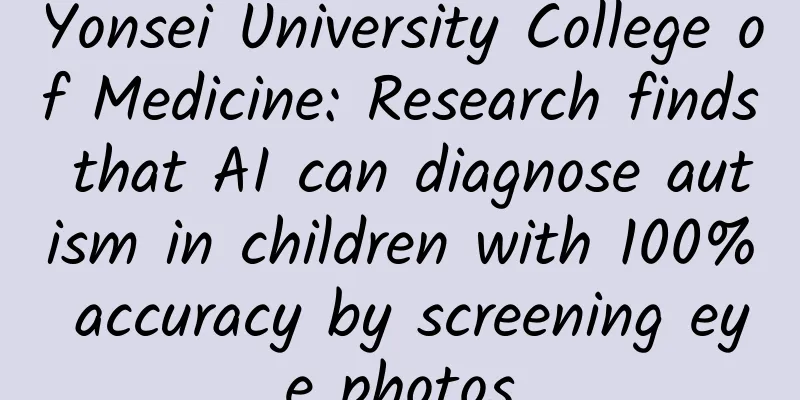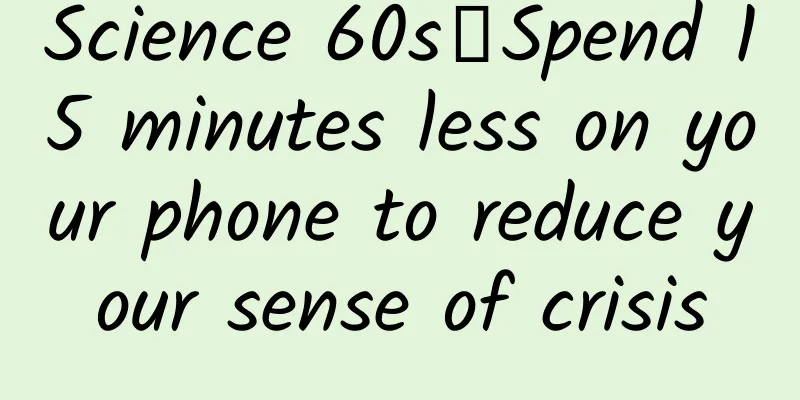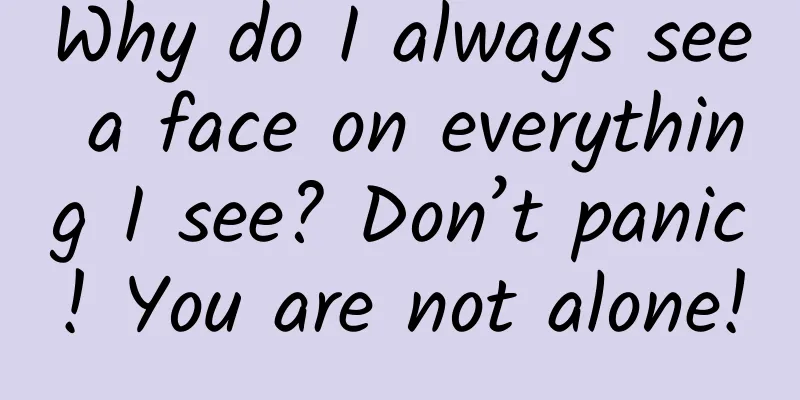Yonsei University College of Medicine: Research finds that AI can diagnose autism in children with 100% accuracy by screening eye photos

|
The researchers took pictures of the children's retinas and screened them using a deep learning AI algorithm, and were surprised to find that it was 100% accurate in diagnosing autism. The results support the use of AI as an objective screening tool for early diagnosis, especially when child psychiatry specialists are limited. They were surprised to find that the AI algorithm could diagnose autism with 100% accuracy. The results support the use of AI as an objective screening tool for early diagnosis, especially when there are limited child psychiatrists. At the back of the eye, the retina and optic nerve connect at the optic disc. The optic disc is an extension of the central nervous system and a window into the brain, and researchers have begun to exploit their ability to easily and noninvasively access this part of the body to obtain important brain-related information. Recently, British researchers created a non-invasive method to quickly diagnose concussions by shining an eye-safe laser onto the retina. Now, researchers at Yonsei University College of Medicine in South Korea have developed a method to diagnose autism spectrum disorder (ASD) and symptom severity in children using retinal images screened by an artificial intelligence algorithm. The researchers recruited 958 participants with an average age of 7.8 years and had their retinas photographed, obtaining a total of 1,890 images. Half of the participants were diagnosed with autism, and the other half were age- and sex-matched controls. Autism symptom severity was assessed using the Autism Diagnostic Observation Schedule-Second Edition (ADOS-2) calibrated severity score and the Social Responsiveness Scale-Second Edition (SRS-2) score. A convolutional neural network (a deep learning algorithm) was trained using 85% of the retinal images and symptom severity test scores to build a model for screening ASD and ASD symptom severity. The remaining 15% of the images were reserved for testing. When screening for ASD on a test set of images, the AI was able to pick out children diagnosed with ASD with an average area under the receiver operating characteristic curve (AUROC) of 1.00. AUROC ranges from 0 to 1. A model that predicts 100% incorrectly has an AUROC of 0.0; a model that predicts 100% correctly has an AUROC of 1.0. Even when the 95% least important regions of the image (excluding the optic disc) were removed, the average AUROC did not drop significantly. “Our models performed well in differentiating ASD from TD (children with typical development) using retinal photographs, implying that retinal alterations in ASD may have potential biomarker value,” the researchers said. “Interestingly, the models retained a mean AUROC value of 1.00 using only 10% of the images containing the optic disc, suggesting that this region is critical for differentiating ASD from TD.” The mean AUROC value for symptom severity was 0.74, with an AUROC value of 0.7 to 0.8 being “acceptable” and an AUROC value of 0.8 to 0.9 being “excellent”. "Our results suggest that retinal photographs provide additional information about symptom severity," the researchers said. "Only the ADOS-2 score, but not the SRS-2 score, was found to provide a feasible classification. This may be because the ADOS-2 is performed by trained professionals with ample time for assessment, while the SRS-2 is usually completed by caregivers within tens of minutes; therefore, the former will more accurately reflect an individual's severity than the latter." The youngest study participant was just four years old. The researchers say that based on their findings, their AI-based model could be used as an objective screening tool starting at this age. Because a newborn's retina continues to grow until the age of four, further research is needed to determine if the tool can be used accurately in participants younger than four years old. "While future studies are needed to determine generalizability, our study represents a noteworthy step toward developing an objective screening tool for ASD, which may help address pressing issues such as lack of access to specialized child psychiatric evaluations due to limited resources," the researchers said. The study was published in JAMA Network Open. From cnBeta |
>>: How to choose a TV at this stage? Don’t buy 4K, 1080p is the best
Recommend
Super high efficiency technique, make your life 10 times more efficient
【Super Efficiency Technique】 Make your life 10 ti...
China Passenger Car Association: Pickup Truck Market Analysis in May 2022
According to the data from the China Passenger Ca...
Xiaohongshu Comprehensive Promotion and Traffic Guide
The four words "promotion and traffic genera...
The reason for Baidu's bidding account being suspended was suspected of privacy theft. What does batch rejection mean?
(1). This may be because Baidu has detected some ...
“Xiangshou Crab” has become a hot topic. Are pet crabs going to become internet celebrities?
Recently, crabs have suddenly become popular as p...
Just now! Apple released a preview of a major update for the new iPhone, and here comes the testing method for Apple fans
Editor | Yan Zheng Produced by | 51CTO Technology...
Practical Tips | Teach you how to write a product experience report that will make HR scream (taking Baidu Maps as an example)
During the job search process, a complete product...
Octopus has parasites?! Octopus: That's my partner's penis...
In 1829, Georges Cuvier, a leading figure in the ...
13 creative ways to play events, a must-have for marketing in 2020!
The homogeneity of current market competition is ...
1,402 electric bicycle fires occurred nationwide in July! Beware of 5 signs of battery explosion
#千万IP创科普# Recently, the national electric bicycle...
The most "romantic" plant in history is actually this!
Autumn and Winter The golden ginkgo is unique in ...
Where is the best place to sleep? Black bear: A nest of gold or silver is not as good as a bird's nest | Nature Trumpet
Welcome to the 40th issue of the Nature Trumpet c...
Computers can't understand the human series in "The Three-Body Problem"? No problem, take a look at this first!
Friends who have read "The Three-Body Proble...









